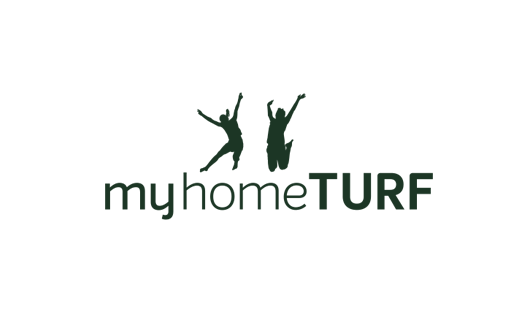How to Get Rid of Bahia Grass (Paspalum) in Your Lawn
One of the toughest grassy weeds to control in home lawns across Australia is ‘Paspalum’ (Paspalum notatum) which is an aggressive grower that’s also incredibly resilient ...

If you’ve noticed patches of slippery, slimy green on your lawn, you may be dealing with algae. While it’s not as common a lawn issue as weeds or pests, algae can wreak havoc on your grass if left untreated.
More than just an eyesore, algae can indicate deeper problems with your lawn’s health, but the good news is that it can often be treated with some basic cultivation practices, instead of the use of expensive chemicals.
Algae in home lawns often presents as a green, blue-green, or blackish film that can form a slimy or crusty surface. It thrives in moist, compacted areas of the lawn with poor drainage and low sunlight – under the eaves on the shady side of your house, for example.
You might notice algae growth in areas that stay wet after rainfall or watering, especially in patches of thinning or stressed grass.
Given its fondness for moisture, you’re more likely to find Algae affected lawns in humid and coastal areas that experience high rainfall.
If algae has taken hold of your lawn, don’t panic—it’s treatable with proper lawn care practices:
A soluble fertiliser can assist with managing an Algae outbreak. Algae is more present in acidic soil, so adjusting your soil’s pH might also help stave off an algal bloom.
Removing standing water from the surface of your lawn and alleviating compaction are two of the easiest ways to curb a number of lawn-threatening ailments including Algae outbreaks, fungus and more. If you have a high traffic area of your lawn or somewhere that water pools regularly, consider aerating your lawn using a core aerator as part of your Spring lawn renovation.
Core aeration isn’t invasive and can be done year-round.
As well as managing light distribution to the lawn by trimming back overhanging tree branches to ensure the lawn gets ample sunlight, you can also improve air circulation within the canopy by dethatching your lawn to make your lawn more resistant to Algae or other lawn infections.
Algae in your lawn is more than just a cosmetic issue—it can signal deeper problems with your soil health and pose risks to your family and pets. Understanding how algae grows, why it thrives in certain conditions and how to manage it is crucial to maintaining a healthy, beautiful lawn. Luckily, it can be managed easily with some free and easy cultivation practices. Check out myhomeTURF’s online store for your lawn care and maintenance needs.